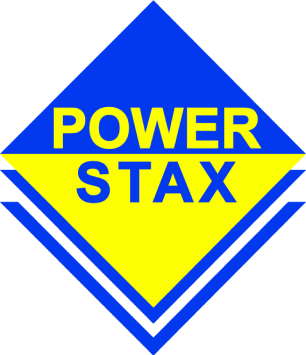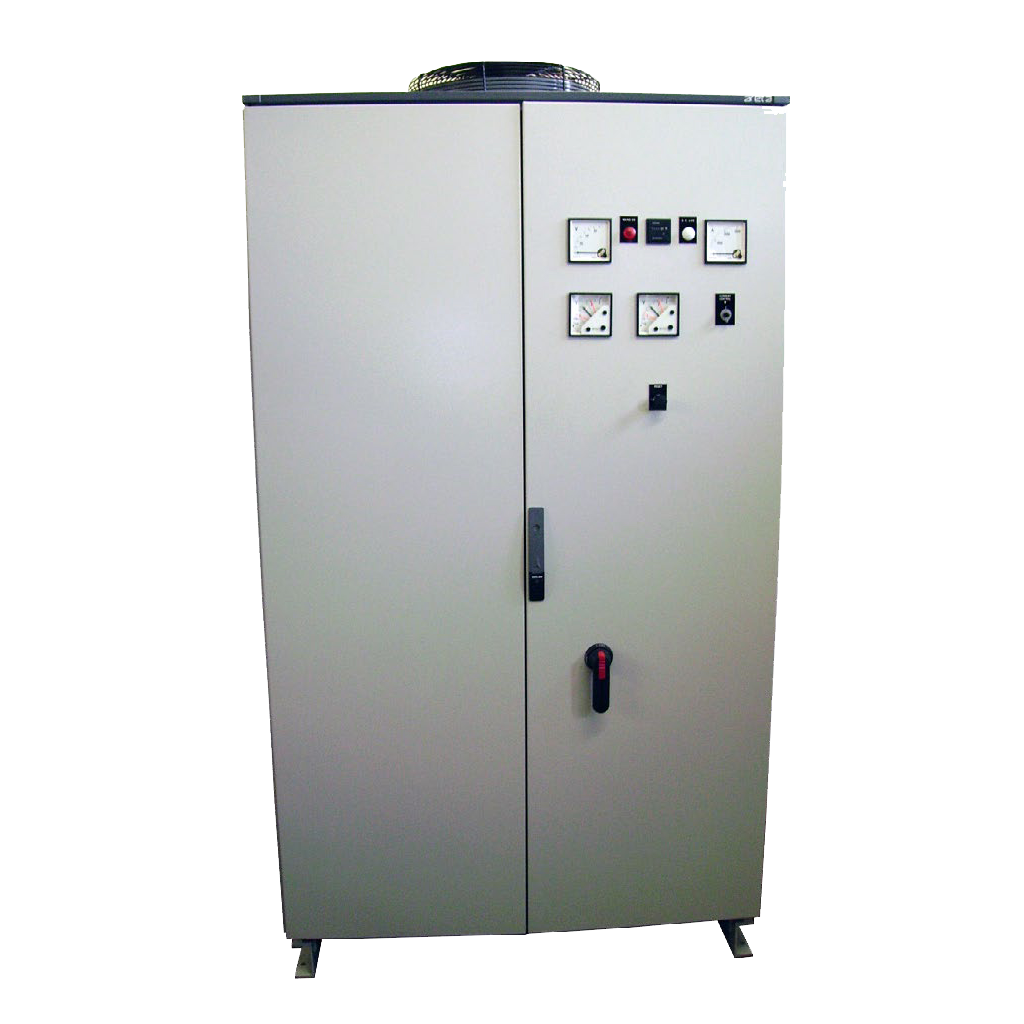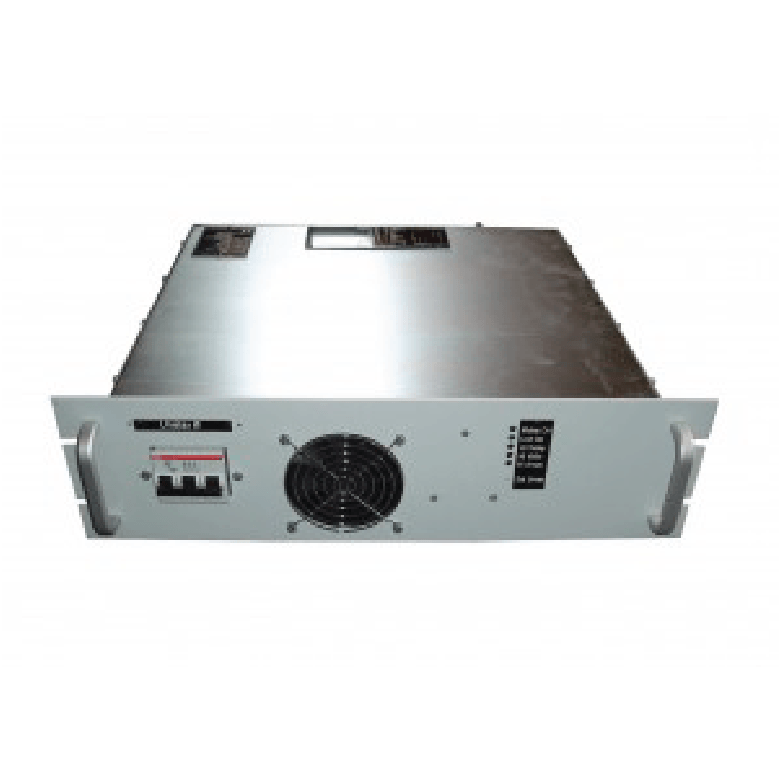CARBON CAPTURE AND STORAGE (CCS) AND CARBON CAPTURE, STORAGE, AND UTILISATION (CCSU)
Harnessing Innovative Power Solutions for Climate Action
Carbon Capture and Storage (CCS) and Carbon Capture, Storage, and Utilisation (CCSU) stand at the forefront of combating climate change by mitigating greenhouse gas emissions. Powerstax delivers cutting-edge AC/DC rectifiers tailored for CCS and CCSU applications, ensuring reliable and efficient power solutions for diverse industries.
Industries Empowering Environmental Sustainability:
Carbon Capture is necessary and soon enough shall become mandatory, being key to achieving Net Zero, ensuring a sustainable future for our planet. These are the main industries which are already into CCS/CCSU: Power Generation, Oil and Gas, Cement Production, Iron and Steel Manufacturing, Chemical and Petrochemical Industries, Refineries, Fertilizer Production, Bioenergy, Pulp and Paper Mills, Waste Incineration.
Have a question about Carbon Capture?
Innovative Methods of CO2 Capture:
Membrane Gas Separation:
Membrane gas separation involves passing industrial exhaust gases through semi-permeable membranes. These membranes selectively allow CO2 molecules to pass through, separating them from other gases.
Calcium Looping (CaL):
Calcium looping, or CaL, is a process that involves using calcium oxide (CaO) to capture CO2 from industrial flue gases. The captured CO2 reacts with CaO to form calcium carbonate (CaCO3), which can be stored or utilized.
Pre-Combustion Capture:
Pre-combustion capture involves capturing CO2 from fuel sources before combustion occurs. This is typically done by converting fuels, such as coal or natural gas, into a syngas (mixture of hydrogen and carbon monoxide) and then separating and capturing the CO2 from the syngas.
Post-Combustion Capture:
Post-combustion capture involves capturing CO2 from the exhaust gases emitted after combustion. This is achieved using various chemical or physical absorption processes to separate CO2 from other flue gases.
Oxy-Fuel Combustion:
Oxy-fuel combustion involves burning fuel in an oxygen-rich environment instead of air. This creates a flue gas stream with a higher concentration of CO2, which makes it easier to capture and separate the CO2 for storage or utilization.
Chemical Absorption:
Chemical absorption involves using chemical solvents to selectively absorb CO2 from flue gases. The CO2-rich solvent is then regenerated, releasing the captured CO2 for storage or utilization.
Cryogenic Separation:
Cryogenic separation involves cooling flue gases to very low temperatures, causing CO2 to condense into a liquid while other gases remain gaseous. The liquid CO2 is then separated and captured for storage or utilization.
Adsorption:
Adsorption involves passing flue gases through solid materials, such as activated carbon or zeolites, which adsorb CO2 molecules. The CO2-rich adsorbent is then regenerated, releasing the captured CO2 for storage or utilization.
Biological Processes:
Biological processes involve using microorganisms, algae, or plants to capture and convert CO2 into biomass through photosynthesis. The biomass can then be stored or used as a renewable resource.
Direct Air Capture:
Direct air capture involves using chemical processes or sorbents to capture CO2 directly from the ambient air. This method allows for the capture of CO2 emissions from dispersed sources, such as transportation or buildings, and can be used in conjunction with other carbon capture methods.
Our advanced AC/DC rectifiers play a pivotal role in powering critical CCS and CCSU processes, such as membrane gas separation and calcium looping. These technologies require suctioning, transporting, compressing, and heating exhaust gases in order to separate CO2 both on its molecular form or in combination with chemical compounds that will store it in a stable fashion.
With a focus on reliability, efficiency, and tailored solutions, Powerstax supports sustainable carbon capture and storage initiatives across various industries, driving positive environmental impact and contributing to a greener future.
Have a question about Carbon Capture?
Application Categories
Showing 0–0 of 0 results


